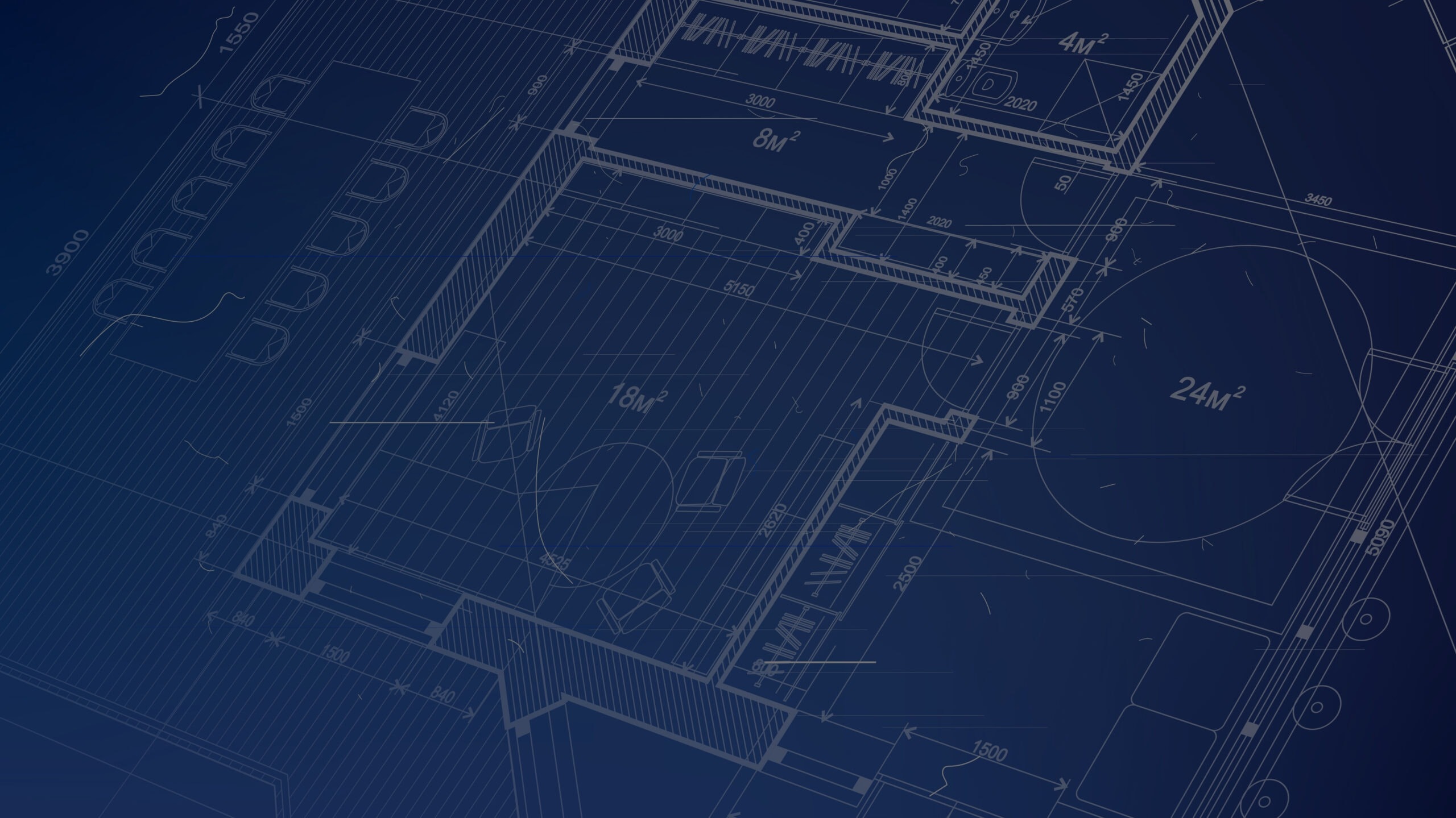Tech’s Impact on A E Industry: Beyond Blueprints
The Architecture, Engineering, and Construction industry, often shortened as the A E industry, is currently undergoing a massive shift. A wave of technological advancement is dramatically transforming how we design, build, and manage infrastructure. This article explores how technology is changing the A E industry.
This article discusses the impact of technology on the A E industry. It specifically examines three technologies: Building Information Modeling (BIM), Artificial Intelligence (AI), and Virtual Reality (VR). These technologies are transforming the fields of design and construction.
A New Era for the A E Industry
 Traditionally, the A E industry has earned a reputation for labor-intensive processes and dependence on age-old methods. However, the advent of new technologies is facilitating a transition from tradition to automation.
Traditionally, the A E industry has earned a reputation for labor-intensive processes and dependence on age-old methods. However, the advent of new technologies is facilitating a transition from tradition to automation.
This change is improving the industry and enabling the development of superior, environmentally friendly buildings. It is not just a small improvement, but a significant one. The new buildings will be top-notch and eco-friendly.
BIM, AI, and VR are advancing construction by improving collaboration, design, and safety on sites. These technologies save money and improve project results, giving firms that adopt them an advantage over competitors.
The Power of Building Information Modeling (BIM)
One of the most significant changes in the A E industry is the adoption of Building Information Modeling (BIM). BIM is a digital information management system that serves as a game-changer for design, construction, and management processes.
BIM creates a digital representation of a building or infrastructure project, facilitating real-time collaboration among various stakeholders. Architects, engineers, contractors, and other parties can work together using the same model, optimizing their workflows and enhancing overall productivity.
Beyond collaboration and data management, BIM also provides advanced simulations and analyses using real-time data. This allows for informed decision-making, leading to improved energy efficiency and sustainability in construction projects.
Harnessing Artificial Intelligence and Machine Learning
 Artificial Intelligence (AI) and Machine Learning (ML) are another set of technologies transforming the A E industry. These technologies enable a data-focused approach. This approach ensures accuracy and provides a comprehensive view of the project. It also helps prevent any unexpected issues or problems.
Artificial Intelligence (AI) and Machine Learning (ML) are another set of technologies transforming the A E industry. These technologies enable a data-focused approach. This approach ensures accuracy and provides a comprehensive view of the project. It also helps prevent any unexpected issues or problems.
AI and ML have various uses in a project, including planning, marketing, and finances. Predictive analytics play a crucial role in determining potential outcomes, identifying project issues, and providing suggestions to mitigate them. Moreover, we can employ deep learning algorithms to help detect and report any errors in the work performed.
The Role of Virtual Reality (VR) and Augmented Reality (AR)
Virtual Reality (VR) and Augmented Reality (AR) are revolutionizing the way clients see, understand, and experience a project. These technologies provide a better customer experience by creating a 360-degree walkthrough of a project.
Beyond this, AR and VR also play a crucial role in training and safety measures adopted at complex sites. VR simulators train construction workers to handle equipment like cranes, excavators, welding, and masonry work on job sites.
Companies use AR technology to create a safety plan and train on heavy equipment. It allows users to experience real equipment on construction sites. These sites often have added dangers.
Embracing the Future of the A E Industry
As the A E industry continues to evolve, staying ahead of the curve is crucial. Embracing and deploying innovative technology is vital to remain competitive in this rapidly evolving industry. New technology is improving project management, visualization, safety, and sustainability in the A E space, taking it to new levels.
In the AE industry, continuous learning and upskilling are key to adapt to the numerous advantages that technology offers. AE Concepts is a leading institution in BIM technology, providing beginner-friendly and postgraduate courses with internationally recognized certificates.
Key Takeaways
 To summarize, the A E industry is undergoing a significant transformation due to the advent of new technologies. Building Information Modeling, Artificial Intelligence, and Virtual Reality are revolutionizing design and construction processes, enhancing efficiency, collaboration, safety, and sustainability.
To summarize, the A E industry is undergoing a significant transformation due to the advent of new technologies. Building Information Modeling, Artificial Intelligence, and Virtual Reality are revolutionizing design and construction processes, enhancing efficiency, collaboration, safety, and sustainability.
AE Concepts helps professionals in the A E industry by offering recruitment services and opportunities for skill improvement. By embracing these technological advancements, we can expect a future where the A E industry is more innovative, efficient, and sustainable.

